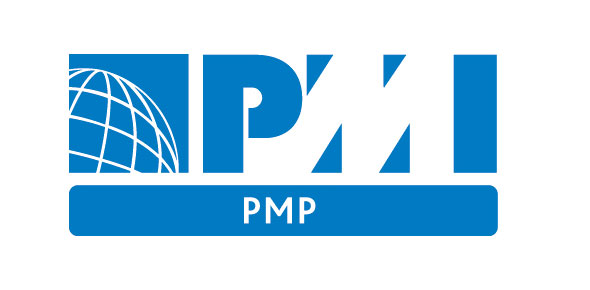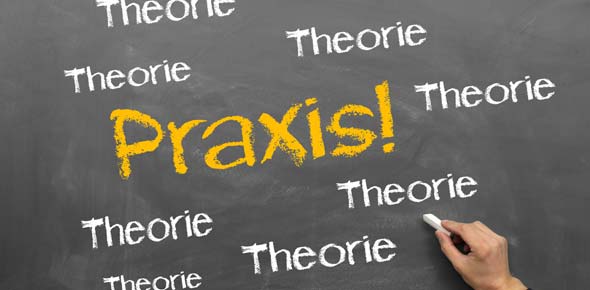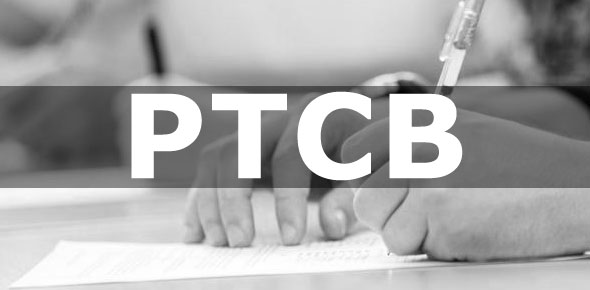Related Flashcards
Cards In This Set
| Front | Back |
|
What is the job of nucleic acids?
|
To store & transmit hereditary info.
|
|
What is the structure of a nucleic acid?
|
A nucleic acid, structurally, is a chain of nucleotides that consists of a pentose, a phosphate group, & a nitrogenous base. (PENTOSE = SUGAR, a PHOSPHATE GROUP = a molecule in the backbone of DNA & RNA that links adjoining bases together, & A NITROGENOUS BASE = a molecule found in DNA & RNA that encodes the genetic info. in cells.)
|
|
Name the nitrogenous bases & where they're found:
|
Adenine, Thymine, Guarine, Cytosine, and Uricil; *Atenine, Cytosine, & Guanine are found in both DNA & RNA. *Thyamine is unique to DNA and *Uricil is unique to RNA.
|
|
The DNA double-helix complex is able to form bc:
|
Weak bonds are able to form bw the hydrogen atoms and oxygen or nitrogen atoms bw bases in the complementary strands of DNA. (THIS IS A HYDROGEN BOND BC 1 PARTNER IN THE BOND IS ALWAYS HYDROGEN.)
|
|
Adenine & Guarine are not paired together but they are both vertically on the left side and they have 2 rings. Therefore they are classified as:
|
PURINES
|
|
Thyamine & Cytosine are not paired but they are both listed vertically on the right side of a DNA double-helix and they only have 1 ring so they are classified as:
|
PYRIMIDINES
|
|
In RNA the pyrimidine base of ----- is used instead of the thyamine base found in DNA.
|
Uracil
|
|
What are the differences in the 2 nucleic acids DNA & RNA?
|
**In DNA adenine & guarine are purines & Thyamine & Cytosine are pyrimidines**In RNA, the pyrimidine base of Uricil is used instead of the Thyamine base found in DNA. 2.Unlike the double-helix structure of DNA, For the most part, RNA exists as a single stranded string of nucleotides. 3. Their pentose component is also different. In DNA it is deoxyribose & in RNA it is Ribose. **If DNA is the genetic blueprint of the cell then RNA CAN BE THOUGHT OF AS THE MESSENGER W/IN THE CELL.**
|
|
Describe the process of TRANSCRIPTION & TRANSLATION in protein production:
|
The message stored in the bases of DNA must be transferred to the ribosomes to make proteins. So, cells copy the instructions in the DNA to RNA (transcription) & send the messenger RNA to the ribosomes. Then proteins are made by ribosomes from the info & sent out to the entire cell. **THIS PROCESS OF PROTEIN PRODUCTION FROM MESSENGER RNA IS CALLED TRANSLATION. (DNA, RNA, &ribosomes work hand in hand to produce the proteins necessary for life in cells.
|
|
------- is the messenger bw DNA & PROTEIN PRODUCTION
|
RNA
|
|
------- IS UNIQUE TO DNA & --------IS UNIQUE TO RNA
|
THYMINE=DNA URACIL=RNA
|
|
--------HAVE THE MOST BASIC TYPES OF CELLS THAT CAN EXIST INDEPENDANTLY OF OTHER CELLS.
|
BACTERIA
|
|
THE MOST BASIC TYPES OF CELLS (LIKE BACTERIA) THAT CAN EXIST INDEPENDANTLY OF OTHER CELLS ARE CALLED:
|
PROKARYOTIC
|
|
PROKARYOTIC CELLS CONTAIN THE FOLLOWING PARTS & ORGANELLES IN ITS OUTSIDE LAYER:
|
-an outside rigid layer called the CELL WALL :helps seperate inside & outside of the cell & an inside PLASMA MEMBRANE that is semi-permeable, allowing certain substances in & out of the cell as needed.
|
|
THE INNER LAYER OF THE PROKARYOTIC CELLS CONSIST OF:
|
-AN INNER LAYER called the CYTOPLASM is a rich protein fluid w/ gel-like consistency that houses ORGANELLES, or "tiny organs" . The NUCLEOID is the condensed DNA of the cell. It contains genes & the genetic blueprints for formation of proteins that make up the machinery of the cell. PLASMIDS, small, circular portions of DNA, not associated w/ the nucleoid; & RIBOSOMES manufacture proteins for cell from RNA messages.
|






